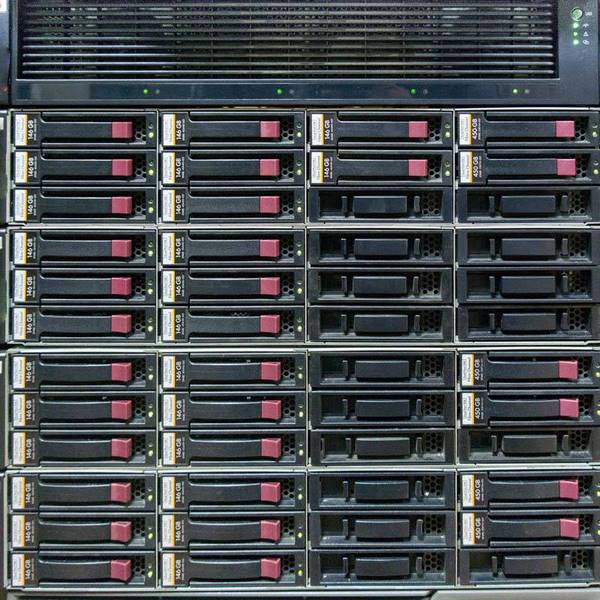RAID 6
RAID 6 as known as block-level striping with two parity blocks distributed, is a secure RAID system. With two HDD down, the data is still safe.
Function of RAID 6
The operation of RAID 6 is based on principles similar to RAID 5, but with increased redundancy for better fault tolerance. To create a RAID 6, a minimum of five hard drives is required. One of the main differences compared to RAID 5 is the use of two separate parity calculations, which allows for the tolerance of the loss of two hard drives.
Let's take a concrete example of a RAID 6 composed of five hard drives. When data needs to be written, it is divided into blocks of X sectors. The first block of the file is stored on the first hard drive, the second block on the second hard drive, and the third block on the third hard drive.
Once these three blocks are stored on the three hard drives, a first parity calculation is performed taking into account these three blocks. This first parity is then stored on the fourth hard drive. Subsequently, a second parity, calculated differently from the first one, is written to the fifth hard drive. Once these two parities are saved, the recording of the following blocks continues in the same manner.
In order to avoid storing the parities on the same hard drives, they are cyclically changed between the hard drives. For example, the first parity can be stored on the second hard drive, the second parity on the third hard drive, then the first parity on the fourth hard drive, and so on.
The loss of two hard drives, or the loss of two data blocks, can be calculated using this double parity. With this parity information, the system is capable of reconstructing the missing data in case of a failure of two hard drives.
When a failed hard drive is replaced, the data is automatically recreated from the other hard drives present in the RAID 6. The parity calculations are used to reconstruct the lost data, thereby restoring the integrity of the RAID.
However, it is important to note that this double parity results in a loss of storage capacity equivalent to two hard drives in the configuration of a RAID 6. For example, if you configure a RAID 6 with five hard drives, you can only store data on the total capacity of three hard drives, while the other two drives are dedicated to parity.
In summary, RAID 6 offers even higher fault tolerance than RAID 5 due to the use of two separate parities. This allows for data reconstruction in the event of a failure of two hard drives. However, the configuration of RAID 6 sacrifices a larger portion of storage space, which needs to be considered when planning the storage capacity of the RAID 6 system.
RAID 6 failures
The common RAID 5 failures are :






